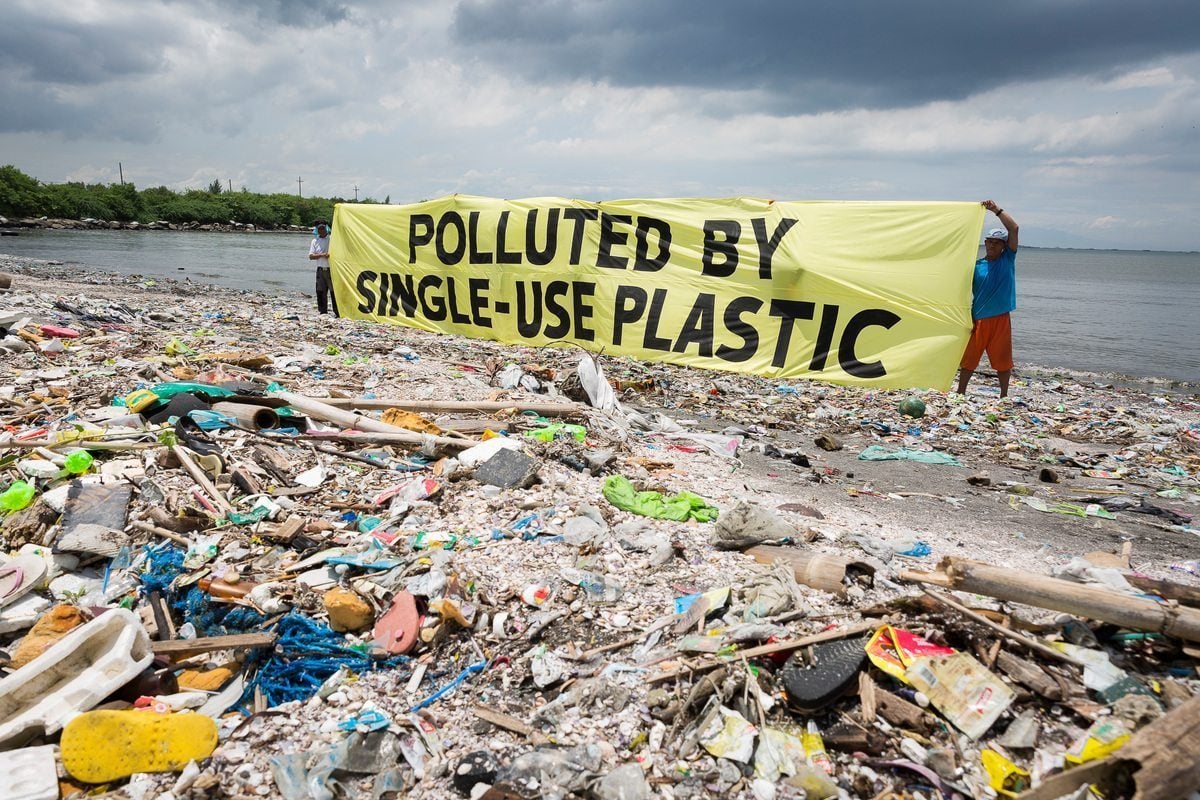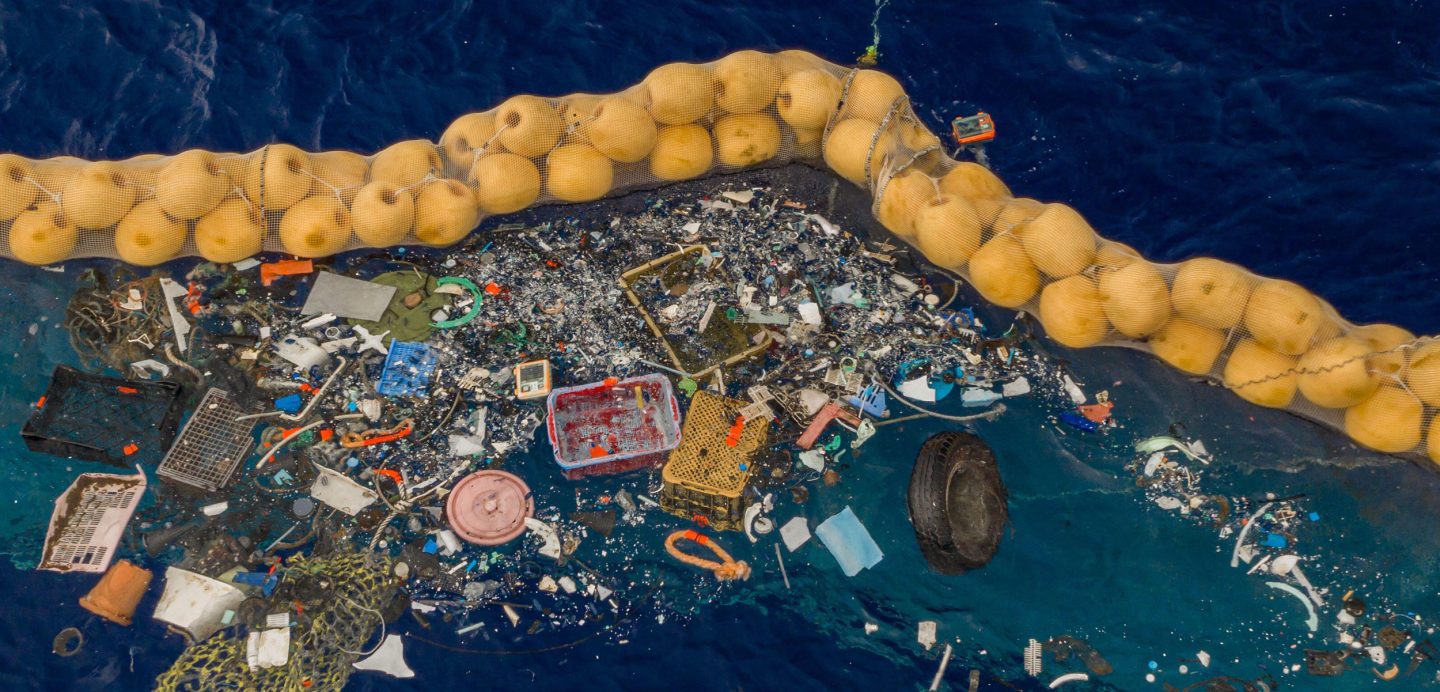
While at Lifesabeach we focus on plastic pollution on UK beaches, plastic pollution has become a global pandemic that if not addressed now will cause irreparable damage is done to our planet and wildlife.
The Problem:
Plastic pollution has become one of the most pressing environmental issues, with rapidly increasing production and mismanagement of waste overwhelming the worlds’ ability to manage this crisis. Every year the world produces 380 million tons of plastic of which reports indicate 50% are single use plastics (unep.org, 2024) utilised for moments but accumulate on the planet for hundreds of years. Conservation reports showing that our planet will be overrun with plastic by 2050 with irreparable being done. Today this issue can be seen in every facet of life, plastic and microplastics being found across the UK, food, and inside our bodies. Of this plastic produced an average of 20 million tonnes each year leaks into aquatic ecosystems, polluting lakes, rivers and our seas. (plasticsoupfoundation.org, 2024)
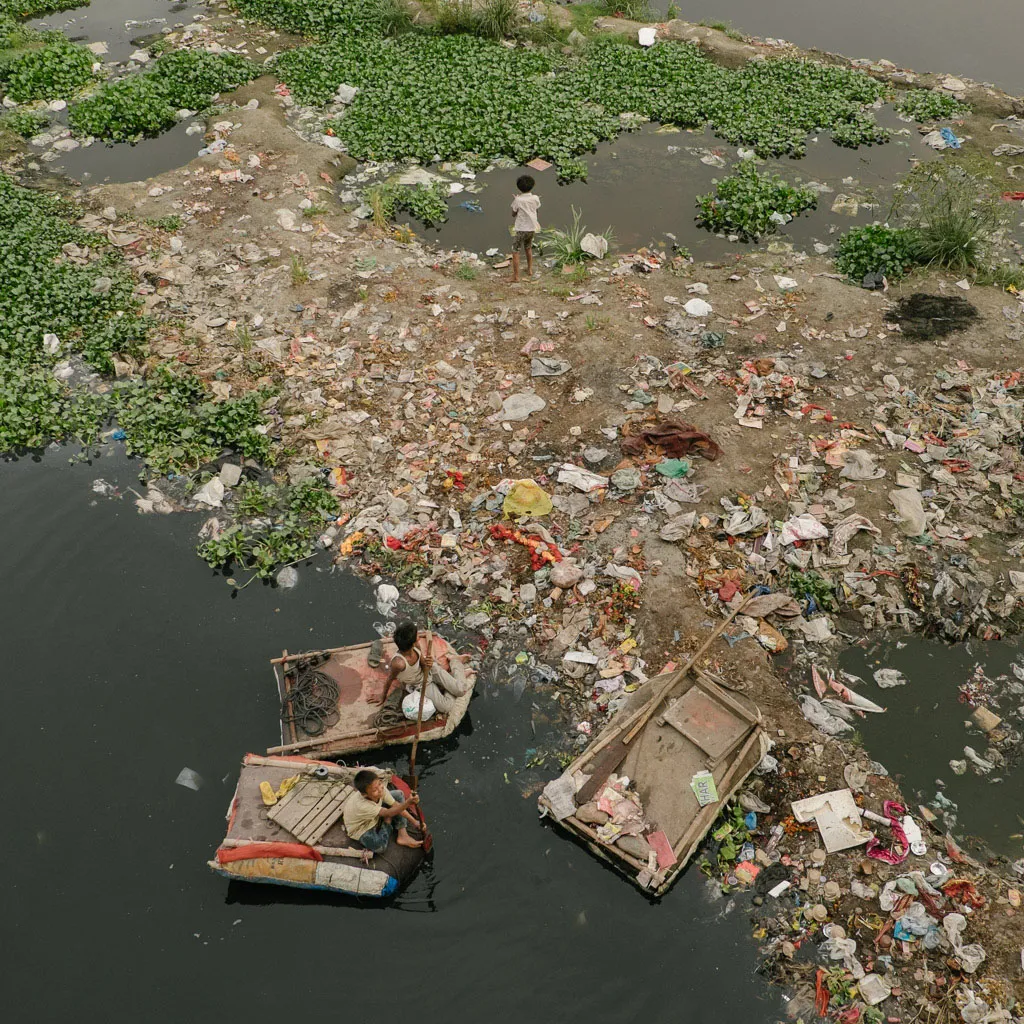
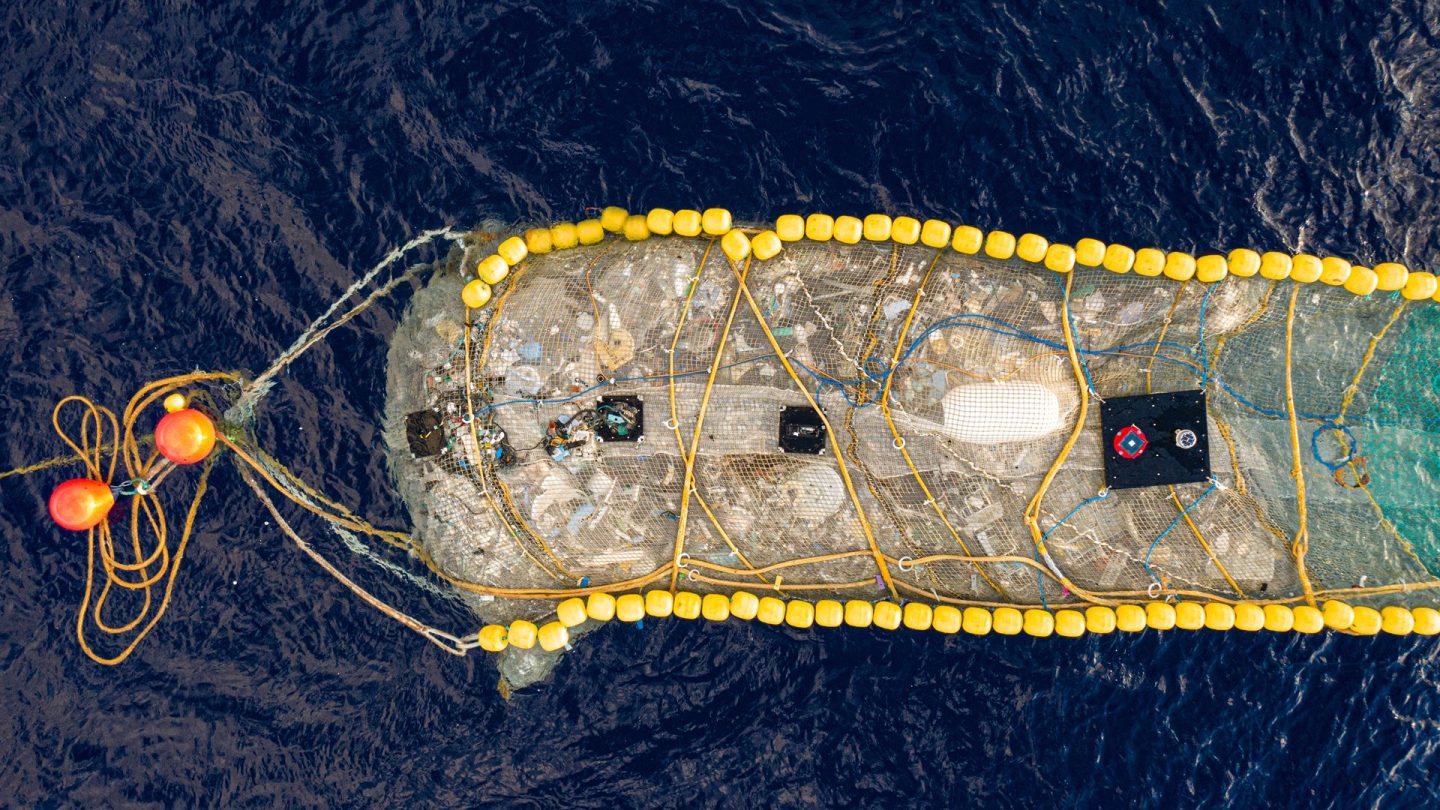
How did this happen?
Plastic is just over a century old, created in 1907 by Belgian chemist Leo Baekeland in a New York lab using fossil fuels (sciencemuseum.org, 2024). Originating as a cheaper alternative for insulation, due to its versatility as a material it has since become the most produced material in the world. With production accelerating after World War II and continuously since then, today plastic is so ingrained in human life that the world would be unimaginable today without it. Plastic revolutionised the world of production with life-saving devices in the medical field, made space travel possible, lightened cars and aircraft, equipment for clean drinking water and packaging food to avoid disease. Plastic enables all these products and countless more to be manufactured quicker, cheaper and lighter than any comparable alternative, allowing for them to be accessible globally and affordably to the public.
The convenience and accessibility that plastic offers however has led to a throw away culture that has revealed the dark side of the material. Today, plastic pollution becoming a global pandemic with single use plastics accounting for 50% of all plastic produced every year. These products although only used for minute to hours last for hundreds of years and build up in our environments, polluting our ecosystem and forcing our wildlife out of the habitats.
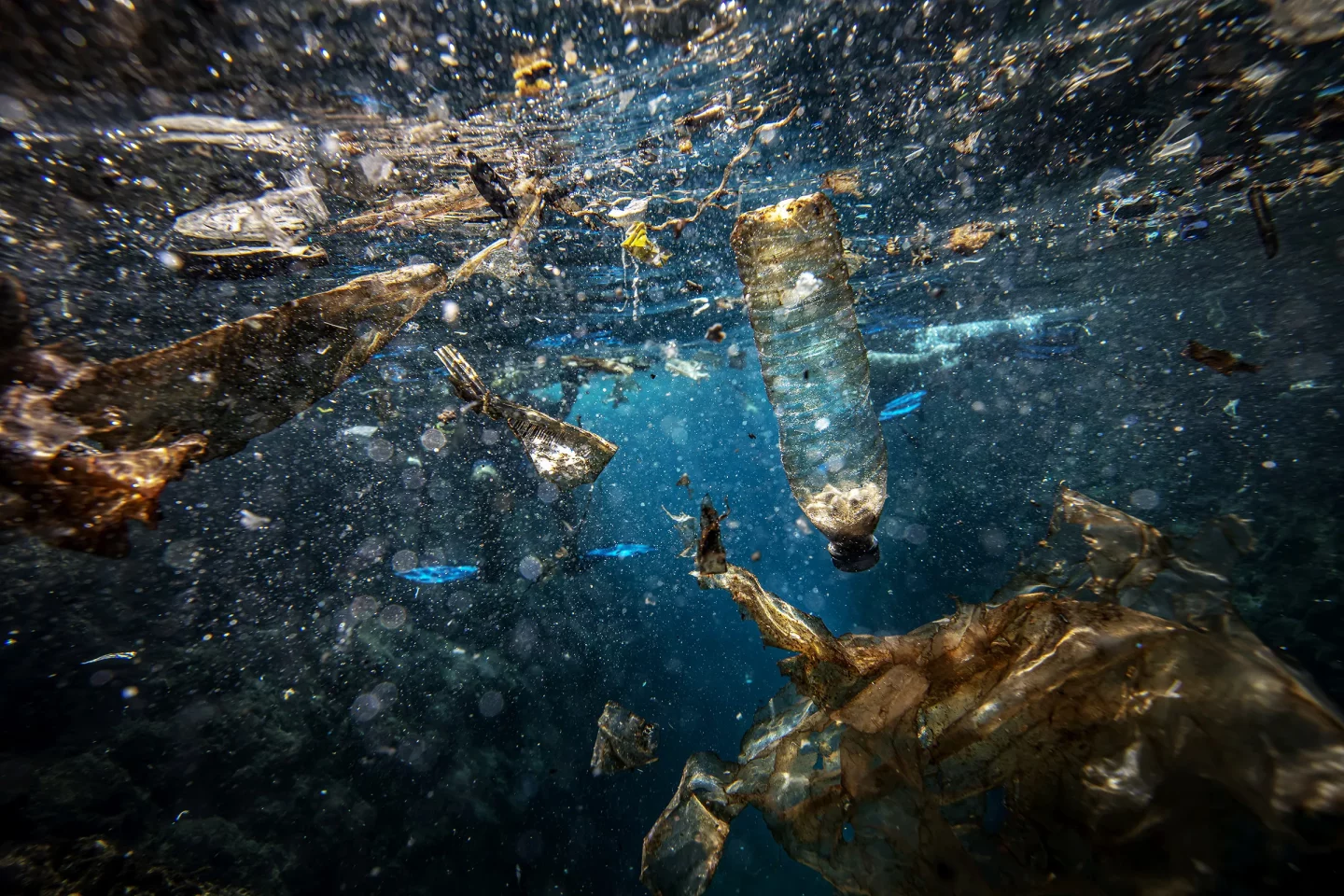
Facts and Figures:
- Production increased exponentially, from 2.3 million tons in 1950 to 448 million tons by 2015. Production is expected to double by 2050. (nationalgeographic.org, 2023)
- Only 9% of plastic has been recycled, 12% incinerated, and 79% accumulated in landfills or the natural environment. (MIT Technology Review, 2024)
- 8.3 billion tonnes of plastic is estimated to have been produced since 1950, 25% of which was produced since 2015. (National Institute of Health, 2017)
- 100 million marine animals die each year from plastic waste alone, this being only the animals reported. (earth.org, 2021)
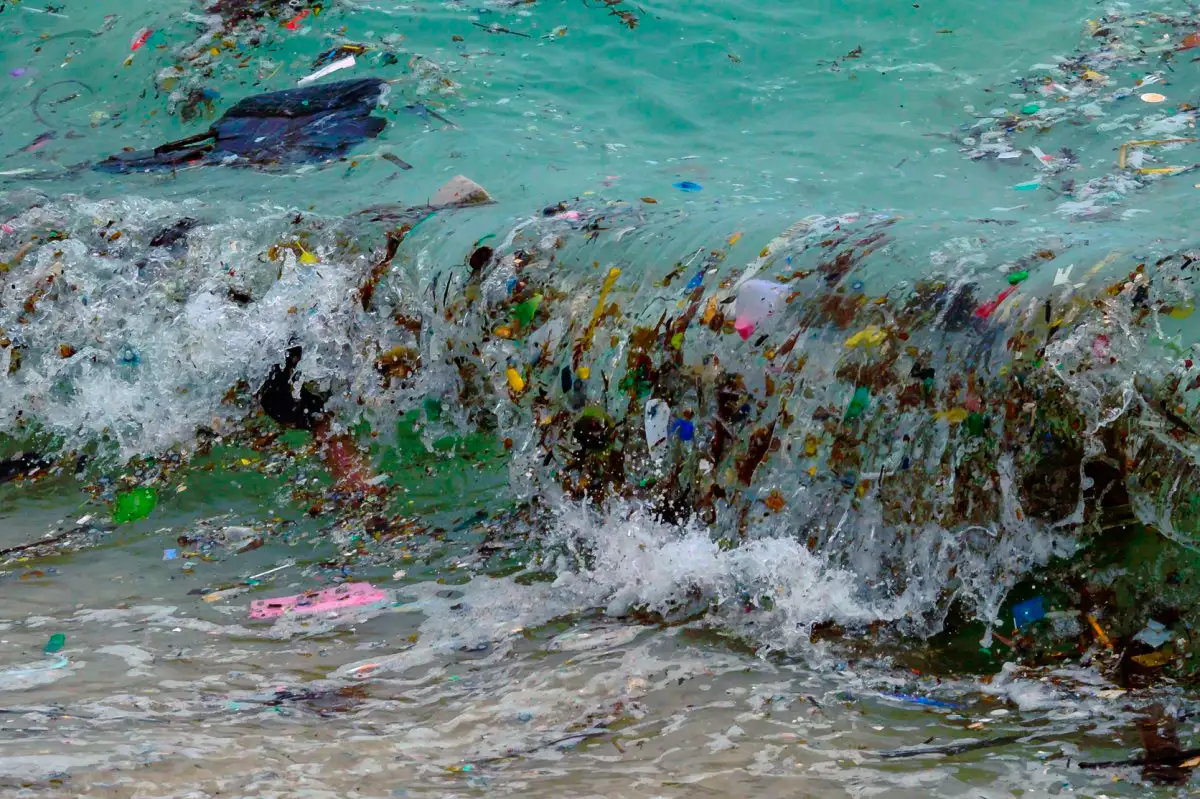
How plastic moves around the world:
The majority of plastic produced gathers in the world oceans, despite being produced and used on land once caught up in our oceans it is extremely difficult to locate and remove this plastic. Which is why plastic accumulates and travels in our seas so easily and impacts marine life so heavily.
Transported by waves back from our beaches and litter accumulates and find its way to our oceans predominantly through major rivers located around the world. These rivers acting as channels for litter to be carried downstream. Once at sea most of this plastic will remain there, although it can then be caught in ocean currents where it can be transported around the world.
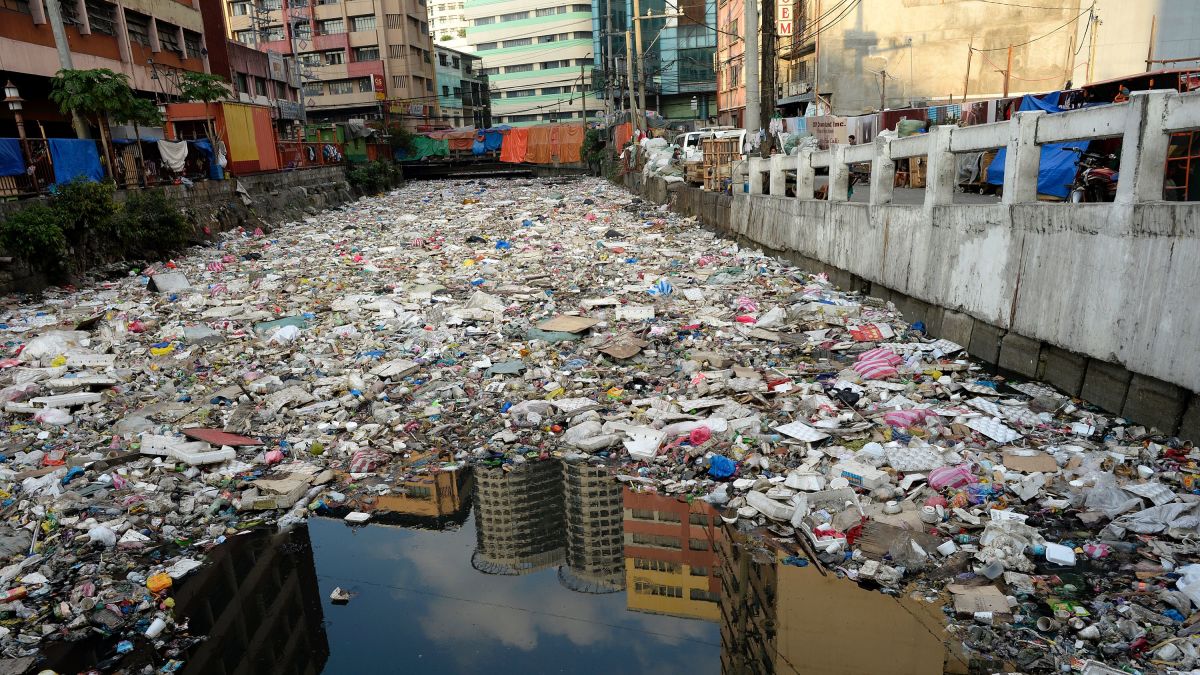
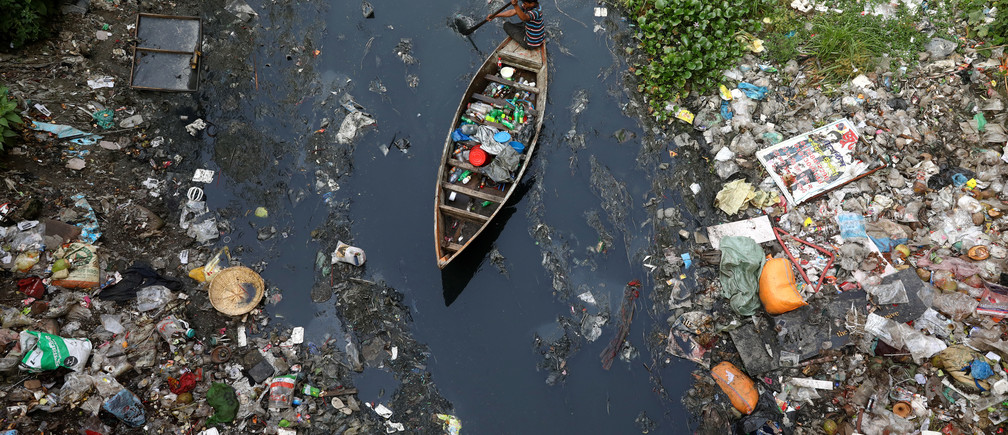
An example of this being in South Polynesia, on one of the four islands of the Pitcairn archipelago, Henderson Island, located in the Pitcairn Group isolated halfway between Chile and New Zealand. This island having more than 8 tonnes of plastic washed up on its beaches “the highest density of plastic debris ever recorded in the world” (plasticodyssey.org). Scientists finding in 2017 plastic items from Russia, the United States, Europe, South America, Japan, and China. Carried to this uninhabited island by the South Pacific gyre, a circular ocean current.
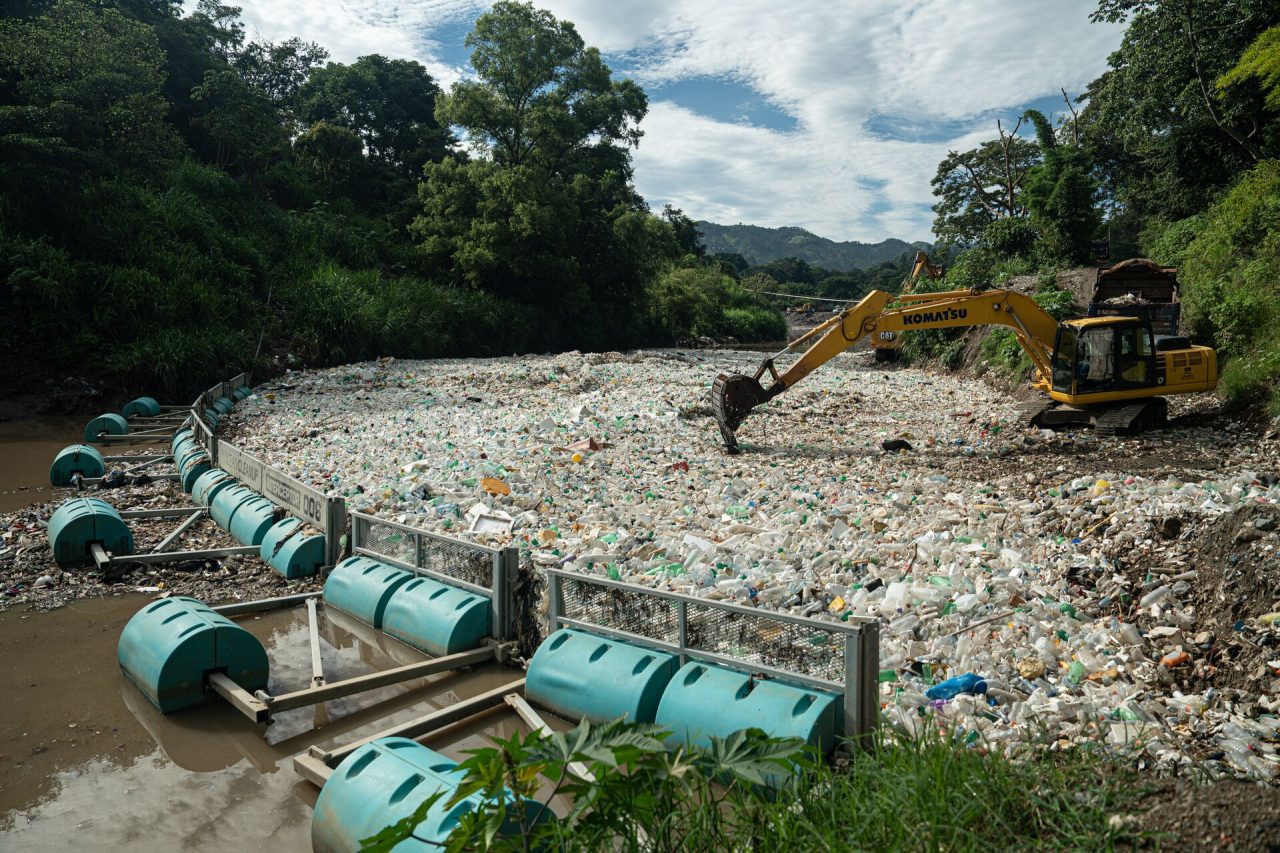
How to we fix this problem?
Once in our oceans, it is difficult if not impossible to retrieve all plastic waste. Mechanical systems such as The Ocean CleanUp, and Mr. Trash Wheel, a litter interceptor in Maryland’s Baltimore Harbour, are affective in picking up large pieces of plastic floating along rivers and inland oceans. However, once this plastic breaks down into microplastics and drifts into open ocean it is virtually impossible to recover.
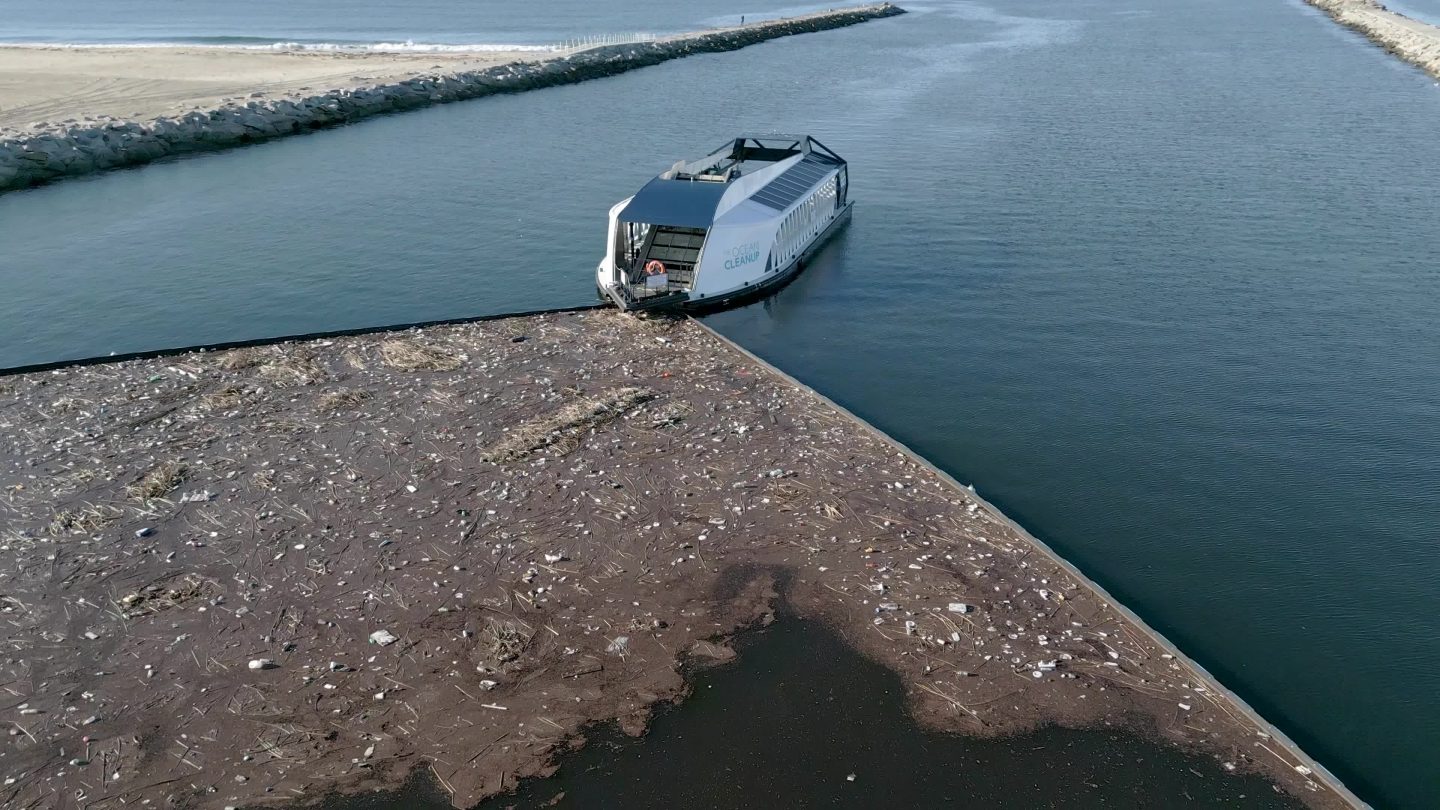

Collecting plastic pollution before it drifts into our oceans is crucial in limiting plastic pollution. However, the best solution to this problem is to prevent plastic waste from entering rivers and seas in the first place. Many scientists and conservationists say this could be accomplished with improved waste management systems and recycling. Starting at the source with better product design that considers the short life of disposable packaging, and reduction in manufacturing unnecessary single use plastics. Calls for stronger legislation to enforce this are also widespread, reusable alternatives being more popular than ever are all crucial steps towards tackling and increasing recognition of this global crisis.
